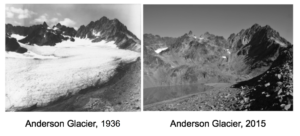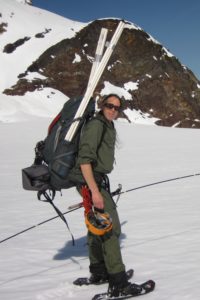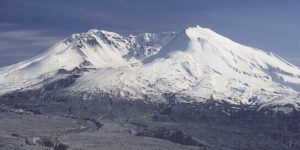
About the Talk
Eruption—The Untold Stories of Mt. St. Helens
For months in early 1980, scientists, journalists, sightseers, and nearby residents listened anxiously to rumblings in Mount St. Helens, part of the chain of western volcanoes fueled by the 700-mile-long Cascadia fault.
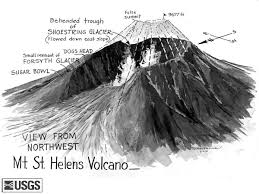
Still, no one was prepared when an immense eruption took the top off of the mountain and laid waste to hundreds of square miles of verdant forests in southwestern Washington State. The eruption was one of the largest in human history, deposited ash in eleven U.S. states and five Canadian provinces, and caused more than one billion dollars in damage. It killed fifty-seven people, some as far as thirteen miles away from the volcano’s summit.
Shedding new light on the cataclysm, author Steve Olson interweaves the history and science behind this event with page-turning accounts of what happened to those who lived and those who died.
Powerful economic and historical forces influenced the fates of those around the volcano that sunny Sunday morning, including the construction of the nation’s railroads, the harvest of a continent’s vast forests, and the protection of America’s treasured public lands. The eruption of Mount St. Helens revealed how the past is constantly present in the lives of us all. At the same time, it transformed volcanic science, the study of environmental resilience, and, ultimately, our perceptions of what it will take to survive on an increasingly dangerous planet.
Rich with vivid personal stories of lumber tycoons, loggers, volcanologists, and conservationists, Eruption delivers a spellbinding narrative built from the testimonies of those closest to the disaster, and an epic tale of our fraught relationship with the natural world. Steve will have a book signing and sale before and after the lecture. For more information about the Jefferson Land Trust’s Geology Group, visit our website.
About the Speaker
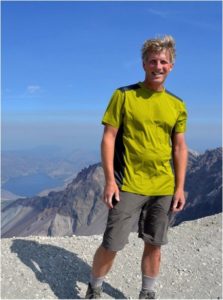
Steve is a freelance writer based in Seattle who has had the good fortune to write about some of the most interesting and important topics of our time, including genetics, race, human origins, evolution, climate change, education, talent, competition, and punk rock music. Here’s a short bio. My most recent book (and the subject of my Geology Group lecture) is Eruption: The Untold Story of Mount St. Helens, which was named one of the 20 best nonfiction books of 2016 by Amazon, was nominated for The Boardman Tasker Prize for Mountain Literature and was an Indie Next selection

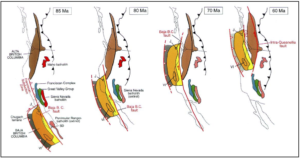
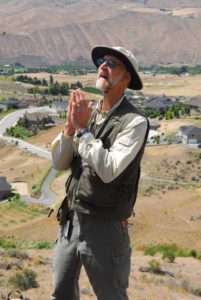 Accreted terranes have a different geologic history than the bodies of rock adjacent to them and are separated from their surroundings by major faults. The Crescent Formation of the Quimper Peninsula, for example, is part of a large accreted terrane that underlies much of the coastal Pacific Northwest. The Crescent Terrane originated as piles of basalt which erupted from the sea floor and in some places built broad oceanic islands. This basalt, along with oceanic sediment, was then shoved against and accreted to the continent. Deep thrust faults separate the Crescent Terrane from terranes that had accreted earlier to the Pacific Northwest. Subsequently, the younger oceanic crust has been added seaward of the Crescent Terrane. Each piece of accreted crust is separated from the others by thrust faults, and the subduction zone continues to shift westward as younger terranes are added to the edge of the continent.
Accreted terranes have a different geologic history than the bodies of rock adjacent to them and are separated from their surroundings by major faults. The Crescent Formation of the Quimper Peninsula, for example, is part of a large accreted terrane that underlies much of the coastal Pacific Northwest. The Crescent Terrane originated as piles of basalt which erupted from the sea floor and in some places built broad oceanic islands. This basalt, along with oceanic sediment, was then shoved against and accreted to the continent. Deep thrust faults separate the Crescent Terrane from terranes that had accreted earlier to the Pacific Northwest. Subsequently, the younger oceanic crust has been added seaward of the Crescent Terrane. Each piece of accreted crust is separated from the others by thrust faults, and the subduction zone continues to shift westward as younger terranes are added to the edge of the continent.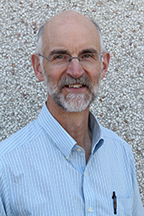 About the Speaker
About the Speaker